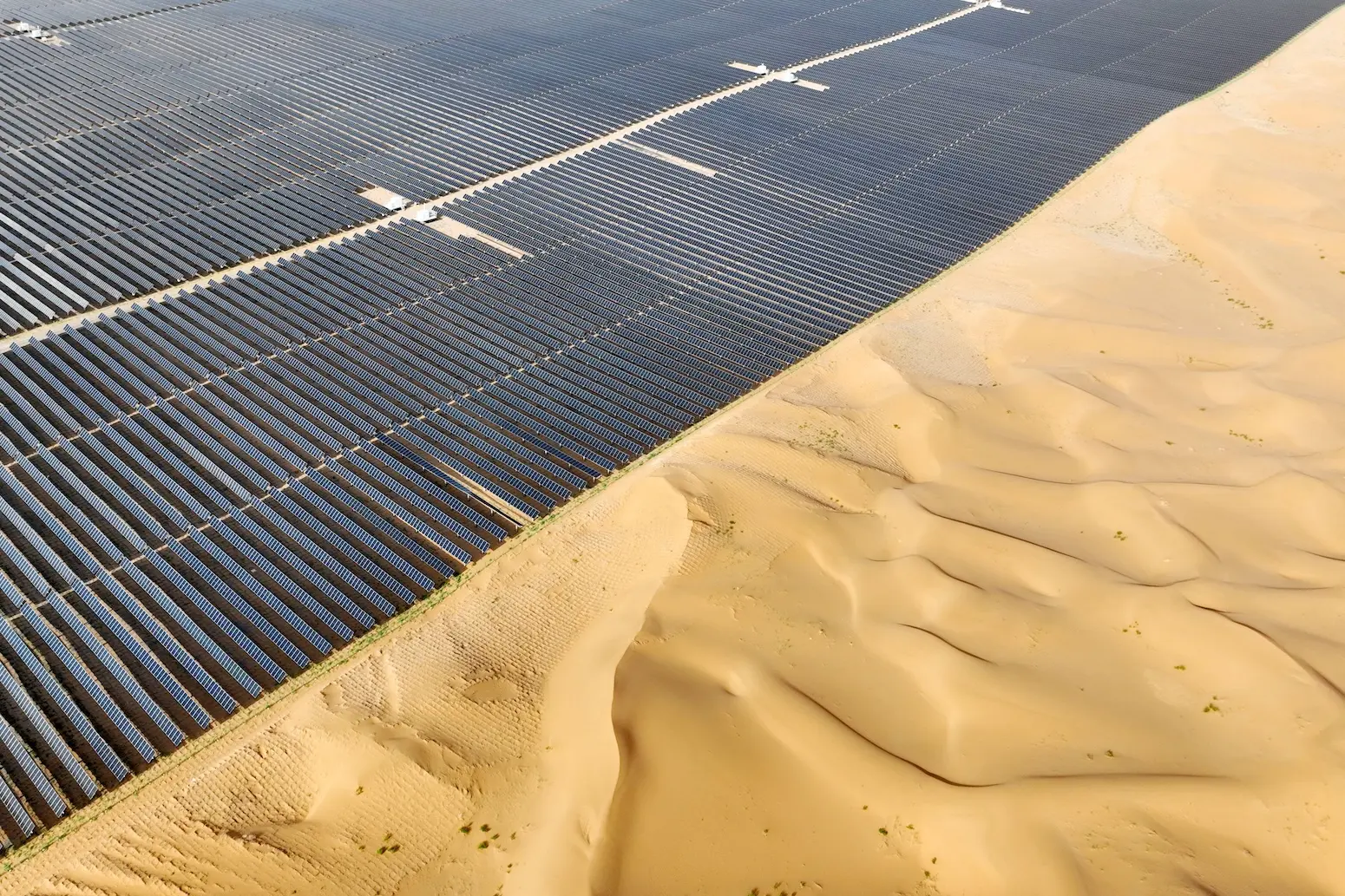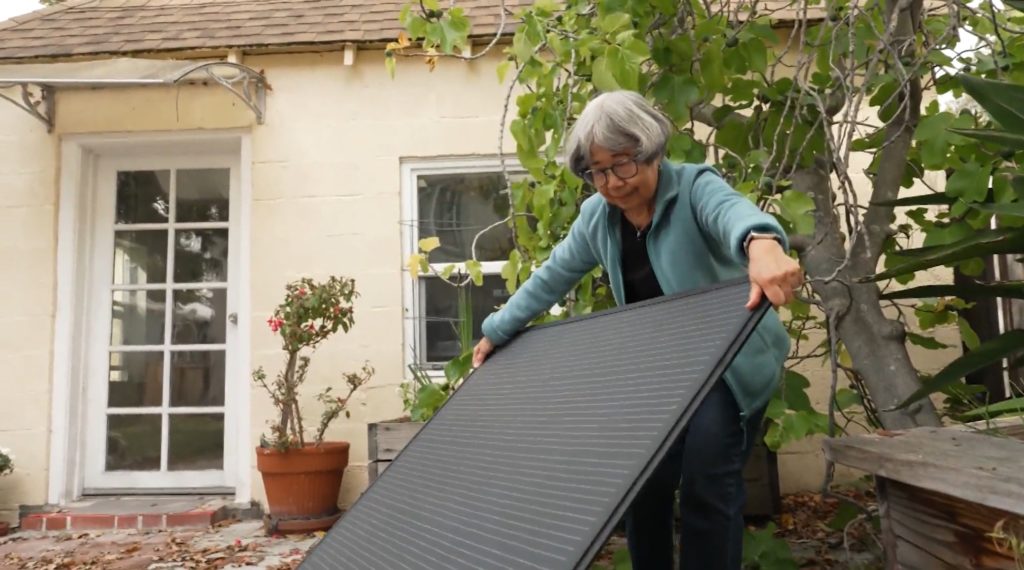Despite gloomy headlines, 2025 saw climate progress with cleaner grids, falling cement demand, rising EV adoption, solar industry shifts, and batteries stabilizing electricity markets. https://www.japantimes.co.jp/commentary/2025/12/29/world/positive-climate-news-you-this-year/?utm_medium=Social&utm_source=mastodon #commentary #worldnews #climatechange #2025 #evs #solar #carbonemissions #cement #fossilfuels
‘Why do Australian homeowners get rooftop solar installed in a week or less, for roughly 50 cents a watt, while Californians pay $3.30/watt and wait months for interconnection?’
#USA #America #California #Californication #PV #Energy #Solar #photovoltaic #Solarpanels
https://www.volts.wtf/p/whats-the-real-story-with-australian
‘Why do Australian homeowners get rooftop solar installed in a week or less, for roughly 50 cents a watt, while Californians pay $3.30/watt and wait months for interconnection?’
#USA #America #California #Californication #PV #Energy #Solar #photovoltaic #Solarpanels
https://www.volts.wtf/p/whats-the-real-story-with-australian
Matt Ferrell has an inspiring new video out explaining all the advances in solar technology in 2025. From putting crystals in front of solar panals, to putting sponges on the back — it all increases efficiency, while cost keeps dropping.
We have a bright solar future ahead of us!
@randahl without #youtube #tracking #link really hope #perovskite will come to #solar market https://youtu.be/FffKMMnisu4
I switched our energy retailer from Amber Electric to Localvolts, and I've started to play with their pricing API. Fun stuff! I recorded a quick video showing some interesting subtleties in how pricing is different between the AEMO wholesale price, amber and localvolts.
Let me know if you have any questions, and I can make a follow-up video.
As always: This is a solo mastodon instance, so boosts = ❤️
#solar #battery #renewable #australia #amberelectric #localvolts
I switched our energy retailer from Amber Electric to Localvolts, and I've started to play with their pricing API. Fun stuff! I recorded a quick video showing some interesting subtleties in how pricing is different between the AEMO wholesale price, amber and localvolts.
Let me know if you have any questions, and I can make a follow-up video.
As always: This is a solo mastodon instance, so boosts = ❤️
#solar #battery #renewable #australia #amberelectric #localvolts
Back in the 70's the "hippies" told us that we could power the world with wind and solar, we just need incremental improvements and to scale things up, but the capitalists said no.
Guess who was right!?
Now we just need to acknowledge the other things they told us about sustainability, efficiency, environmental protection + love & peace ❤️ ☮️
#ClimateChange #ClimateAction #Climate #Wind #Solar #Renewables #Solarpunk
https://www.science.org/content/article/breakthrough-2025
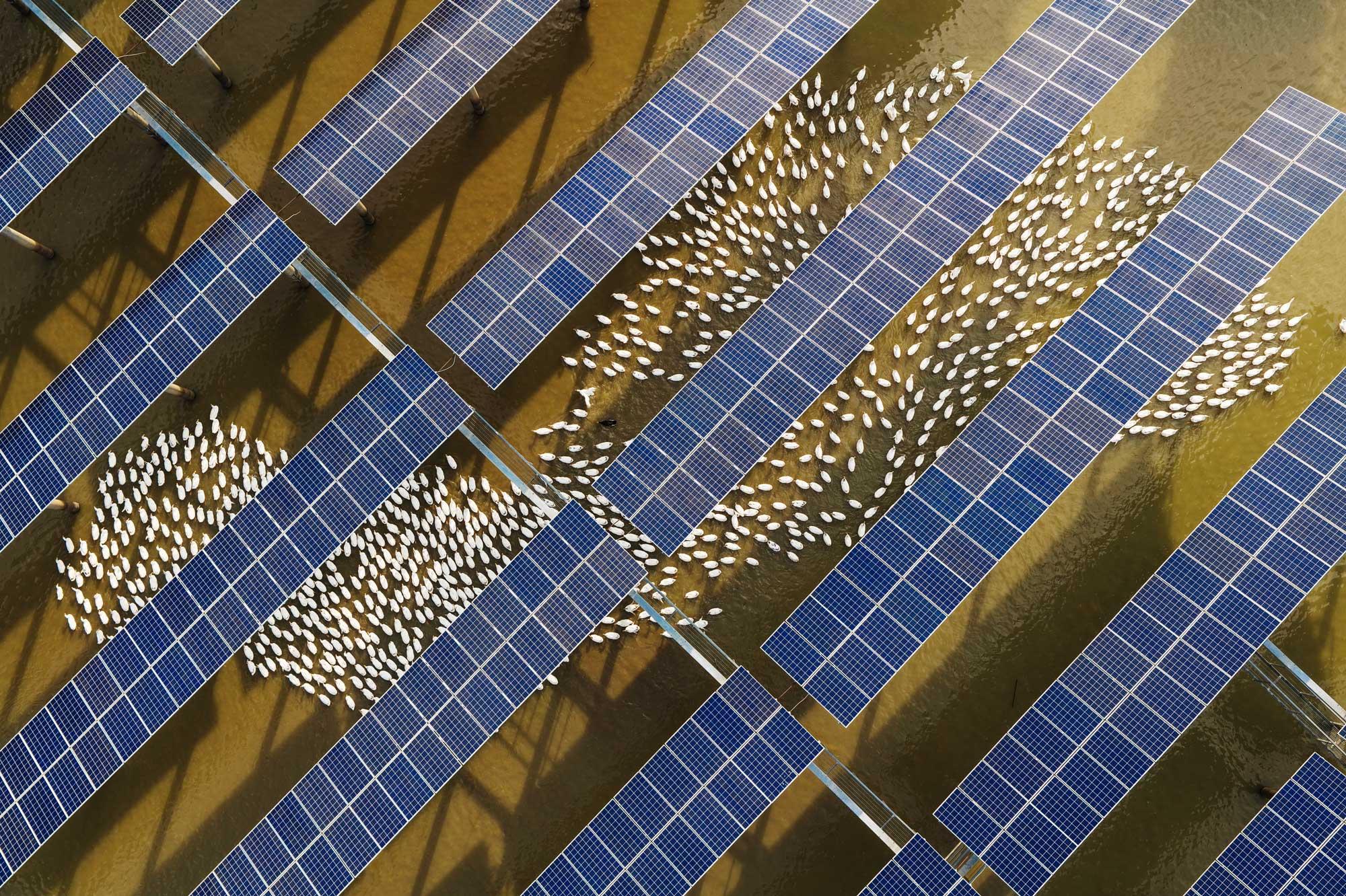
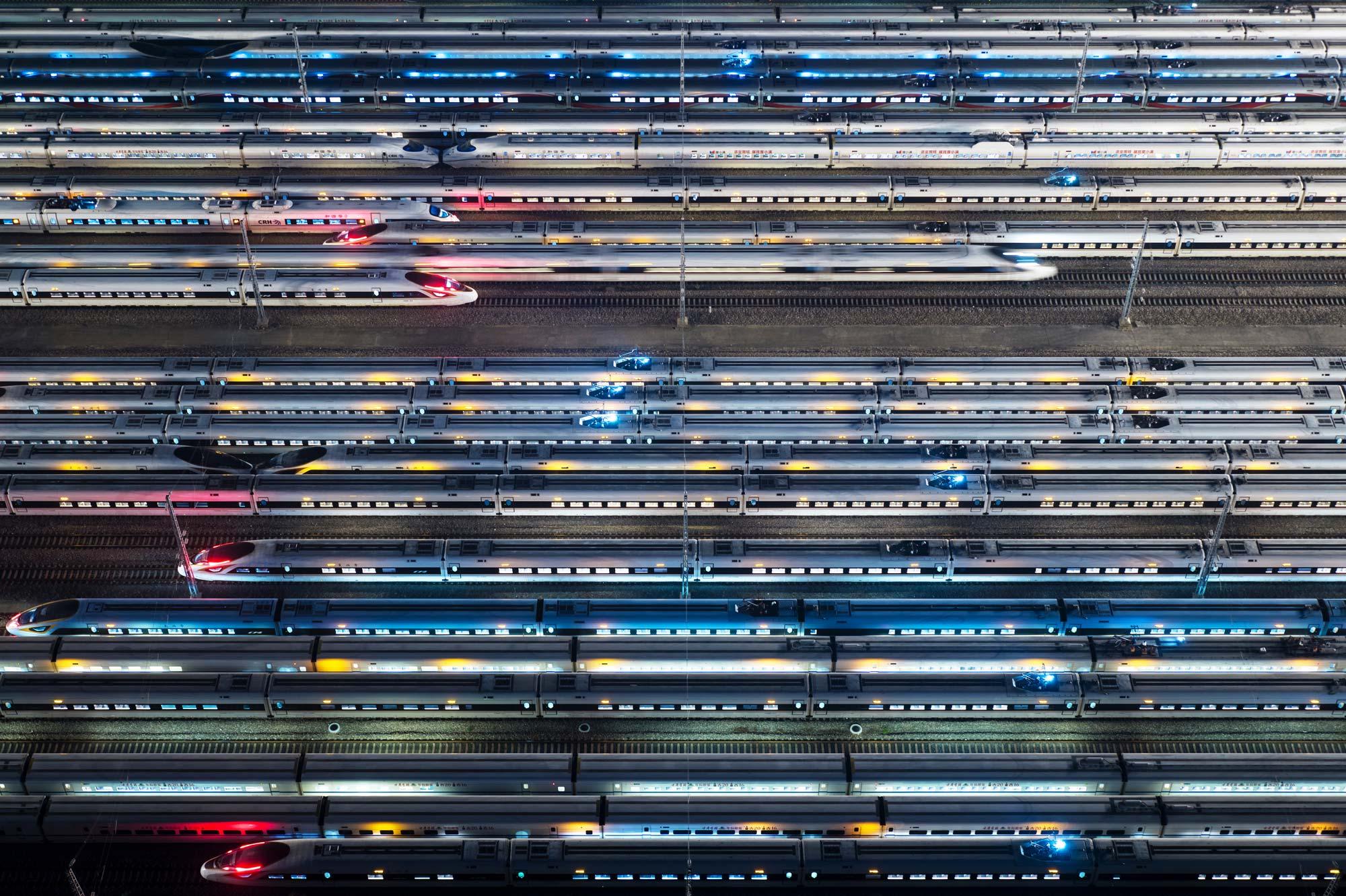
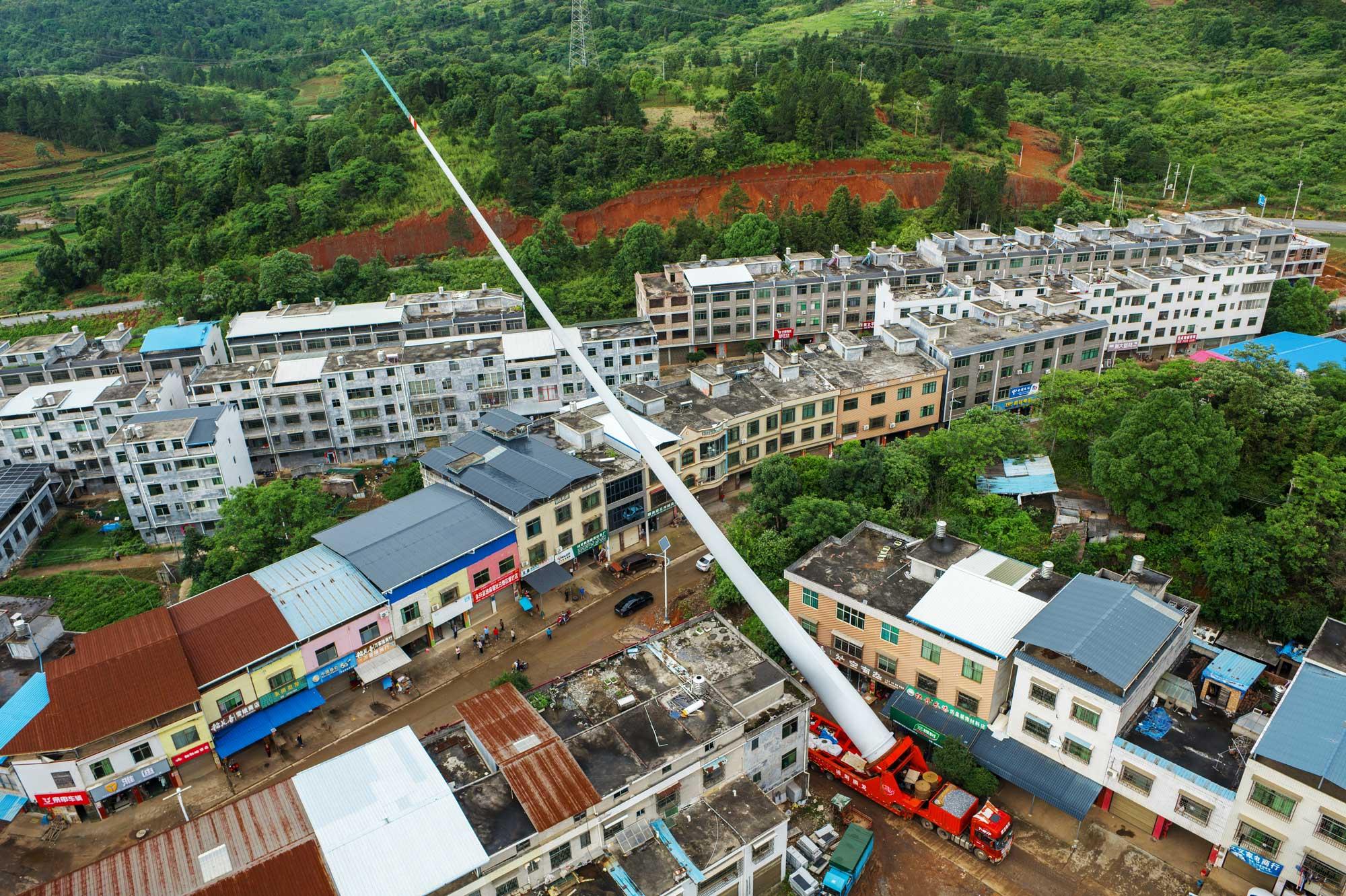
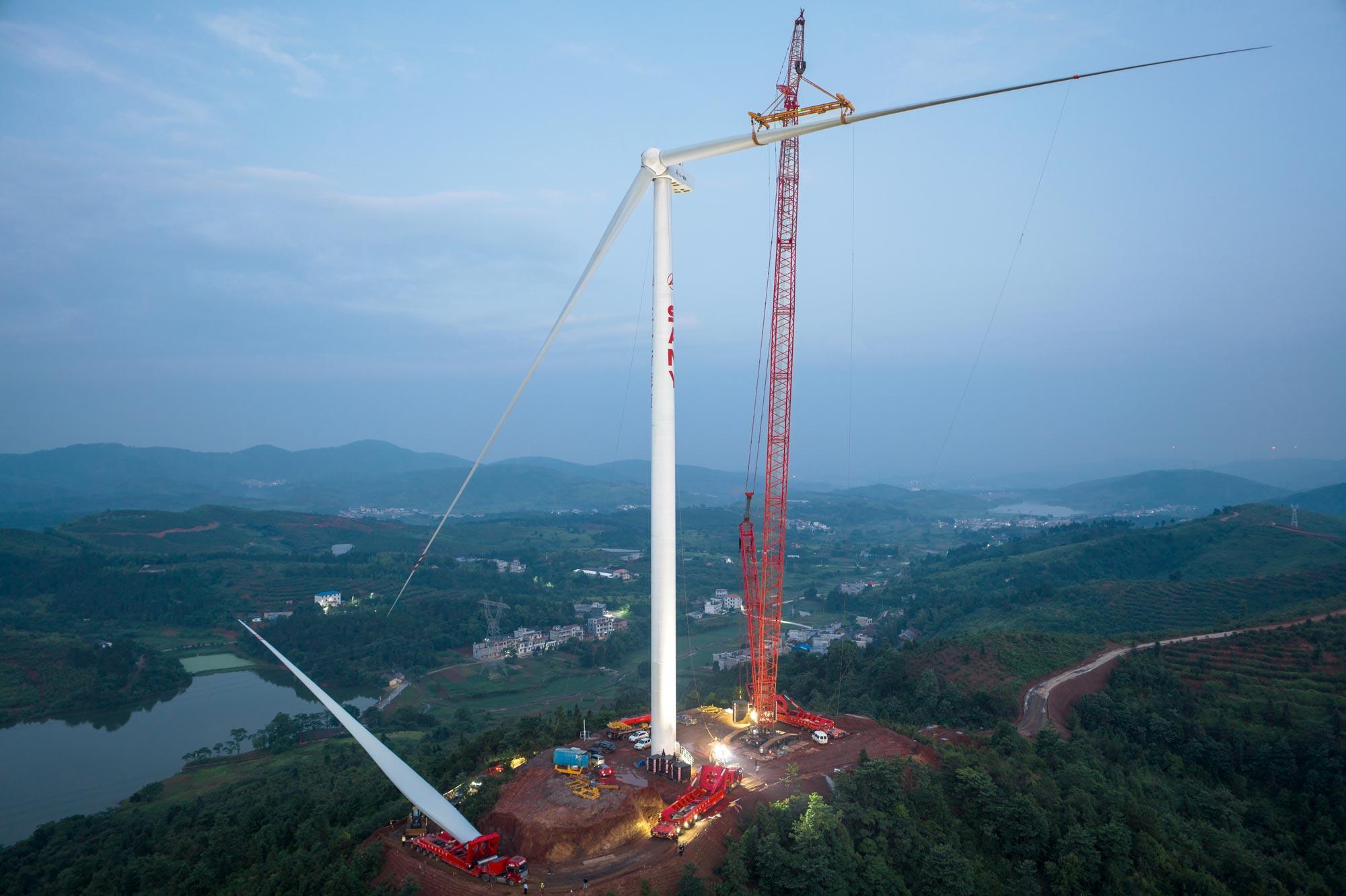
Die Preise für Solarkomponenten bei #Bauhaus gehen echt.
Klar man bekommt es online billiger, aber spart sich so die Lieferung.
Panel in den Kombi und auf geht’s.
Wer also noch ein #Weihnachtsgeschenk braucht…
RE: https://freiburg.social/@balkonsolar/115754433974727816
At Germany’s equivalent of Home Depot you can get a 445 W solar panel for €69, an inverter for 109€ and mounting for 49€, cables for 29€. And this isn’t the cheapest offer.
😎 Així està quedant la pèrgola solar del CEIP Son Oliva.
🏖️ Els infants d'aquesta escola tendran ombra i energia solar.
Tant de bo se pugui fer una cosa semblant a la resta d'escoles!
#Escola #EscolaPública #Educació #SonOliva #Palma #Mallorca #Pèrgola #Energia #Solar #Fotovoltaica #PV #Renovables #FAPA


Die Preise für Solarkomponenten bei #Bauhaus gehen echt.
Klar man bekommt es online billiger, aber spart sich so die Lieferung.
Panel in den Kombi und auf geht’s.
Wer also noch ein #Weihnachtsgeschenk braucht…
RE: https://freiburg.social/@balkonsolar/115754433974727816
At Germany’s equivalent of Home Depot you can get a 445 W solar panel for €69, an inverter for 109€ and mounting for 49€, cables for 29€. And this isn’t the cheapest offer.
Back in the 70's the "hippies" told us that we could power the world with wind and solar, we just need incremental improvements and to scale things up, but the capitalists said no.
Guess who was right!?
Now we just need to acknowledge the other things they told us about sustainability, efficiency, environmental protection + love & peace ❤️ ☮️
#ClimateChange #ClimateAction #Climate #Wind #Solar #Renewables #Solarpunk
https://www.science.org/content/article/breakthrough-2025




Move over, AI. @sciencemagazine Breakthrough of the Year: the explosive, unstoppable growth of renewables.
Well-deserved distinction.
This is wild. $65/MWh starts to make these #nuclear and methane powered options look very uneconomical.
https://electrek.co/2025/12/12/battery-storage-hits-65-mwh-tipping-point-solar/
Utah Leaders Are Hindering Efforts to Develop Solar Despite a Goal to Double the State’s Energy Supply
---
Solar power accounts for two-thirds of the new projects waiting to connect to the state’s power grid. Utah Republicans’ hard turn against solar mirrors President Donald Trump’s hostile approach to the industry.
https://www.propublica.org/article/utah-solar-energy-operation-gigawatt-spencer-cox?utm_source=mastodon&utm_medium=social&utm_campaign=mastodon-post
😎 Així està quedant la pèrgola solar del CEIP Son Oliva.
🏖️ Els infants d'aquesta escola tendran ombra i energia solar.
Tant de bo se pugui fer una cosa semblant a la resta d'escoles!
#Escola #EscolaPública #Educació #SonOliva #Palma #Mallorca #Pèrgola #Energia #Solar #Fotovoltaica #PV #Renovables #FAPA


PBS: Small plug-in solar panels gain traction as an affordable way to cut electricity bills
"For perspective: the U.S. could generate all its electricity by covering 22,000 square miles with solar — less land than is already used for golf courses."
....
And much of solar doesn’t even require new land: rooftops, car parks, warehouses, canals, degraded land, and agrivoltaics (panels + crops together) can take a huge share."
https://evcurvefuturist.com/2025/09/the-truth-about-solar-and-land-a-rounding-error/
(1/2)

